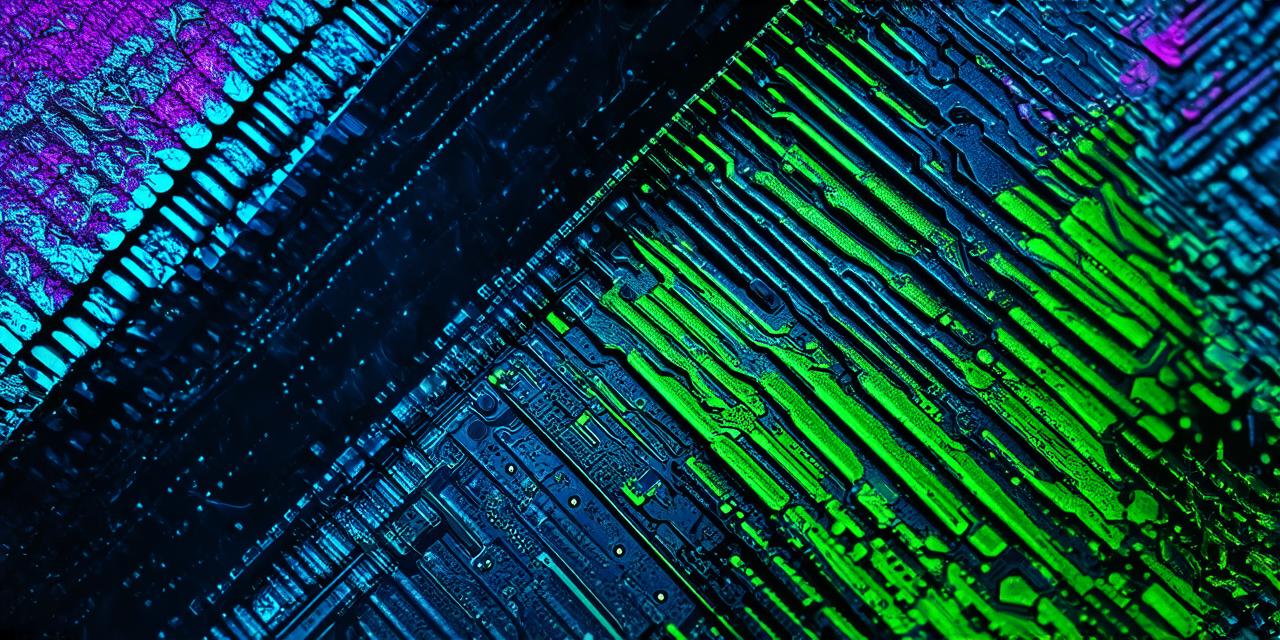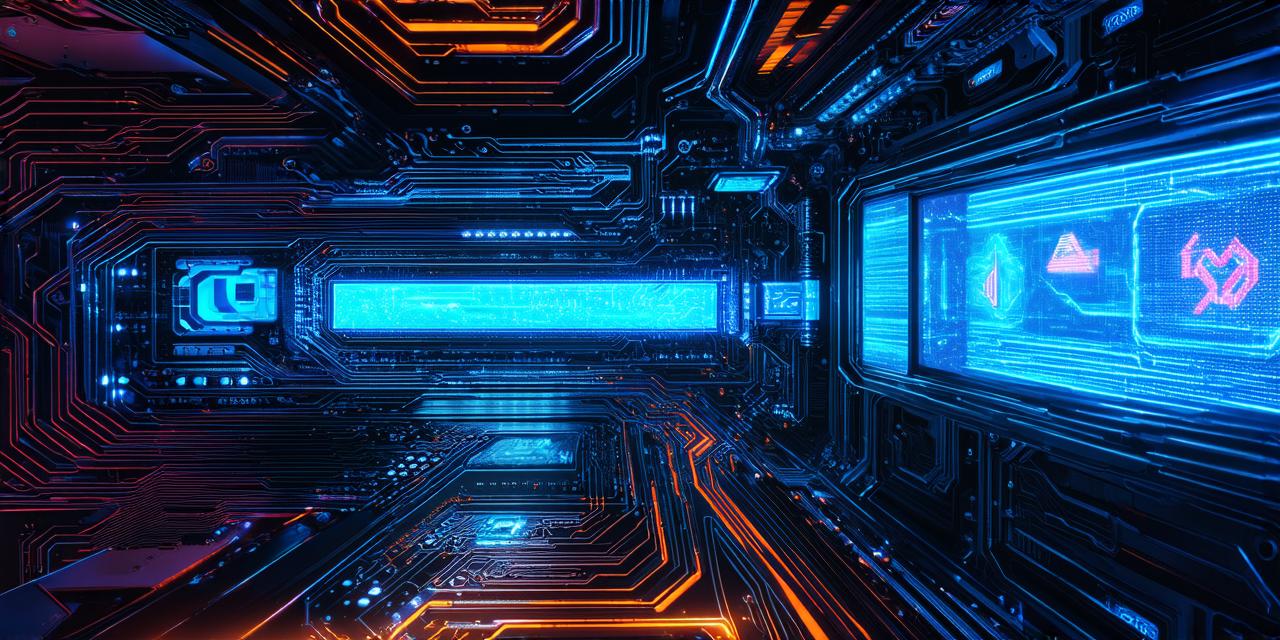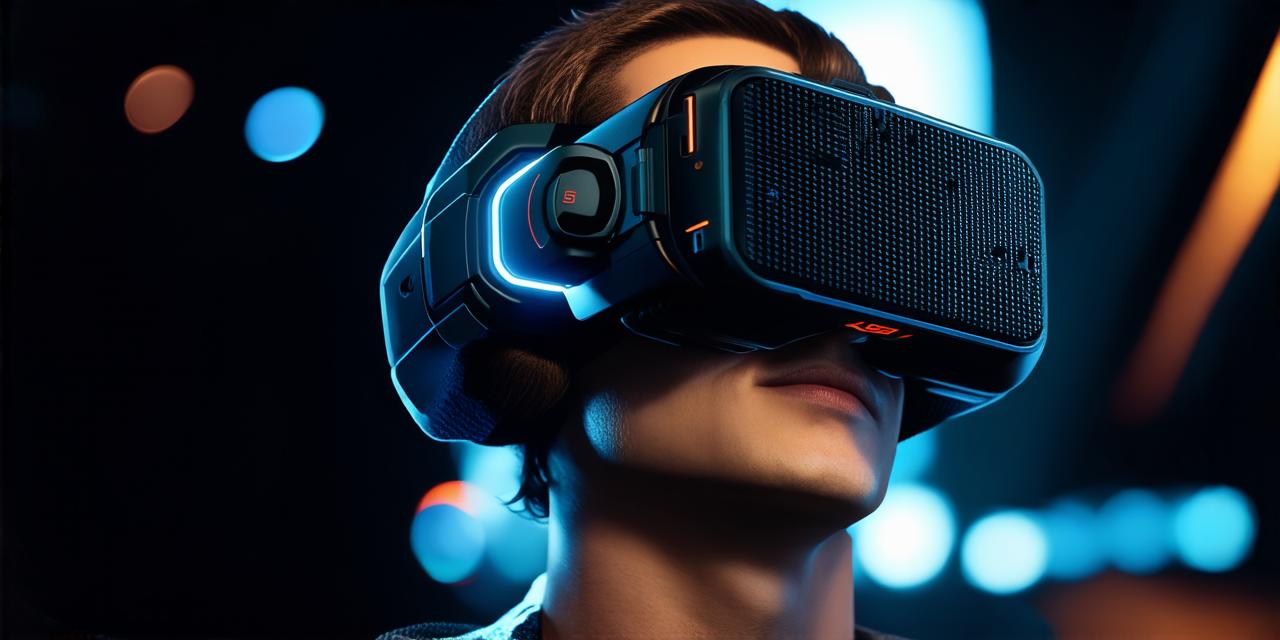XR technology, also known as immersive or interactive reality, is a rapidly growing field that combines virtual and augmented reality to create more engaging and interactive experiences for users.
Virtual Reality (VR)
Virtual reality technology allows users to immerse themselves in a simulated environment, giving them the feeling of being physically present in that environment. Some examples of VR include:
- Gaming: VR gaming is one of the most popular applications of virtual reality technology. Users can experience games as if they were really there, with realistic graphics and immersive sound effects.
- Training: Virtual reality can be used for training purposes in a variety of fields, such as medicine, aviation, and military. By simulating real-world scenarios, trainees can practice their skills in a safe and controlled environment.
- Education: VR technology can also be used to enhance the learning experience, allowing students to virtually visit historical sites, explore the solar system or even learn about anatomy by dissecting virtual models.
- Tourism: With VR, users can take virtual tours of landmarks and tourist attractions around the world, without ever leaving their home.
Augmented Reality (AR)
Augmented reality technology adds digital elements to the real world, allowing users to see additional information about an object or location. Some examples of AR include:
- Gaming: Augmented reality can be used in games to create interactive and immersive gaming experiences. For example, a user could use their smartphone to play a game that overlays virtual objects on the real world.
- Marketing: AR technology can be used for marketing purposes, such as allowing customers to visualize products in their own homes before making a purchase.
- Education: AR technology can also be used in education to enhance the learning experience. For example, students could use an AR app to explore the solar system or to learn about ancient history by overlaying digital information on real-world objects.
- Medical: AR can be used in the medical field for visualizing and understanding complex anatomy and surgical procedures.
Conclusion
XR technology has the potential to revolutionize many industries, from gaming and education to tourism and healthcare. As the technology continues to develop, we can expect to see even more innovative applications emerge in the future. Whether you are a gamer, a student, or a business owner, XR technology is definitely worth exploring.



